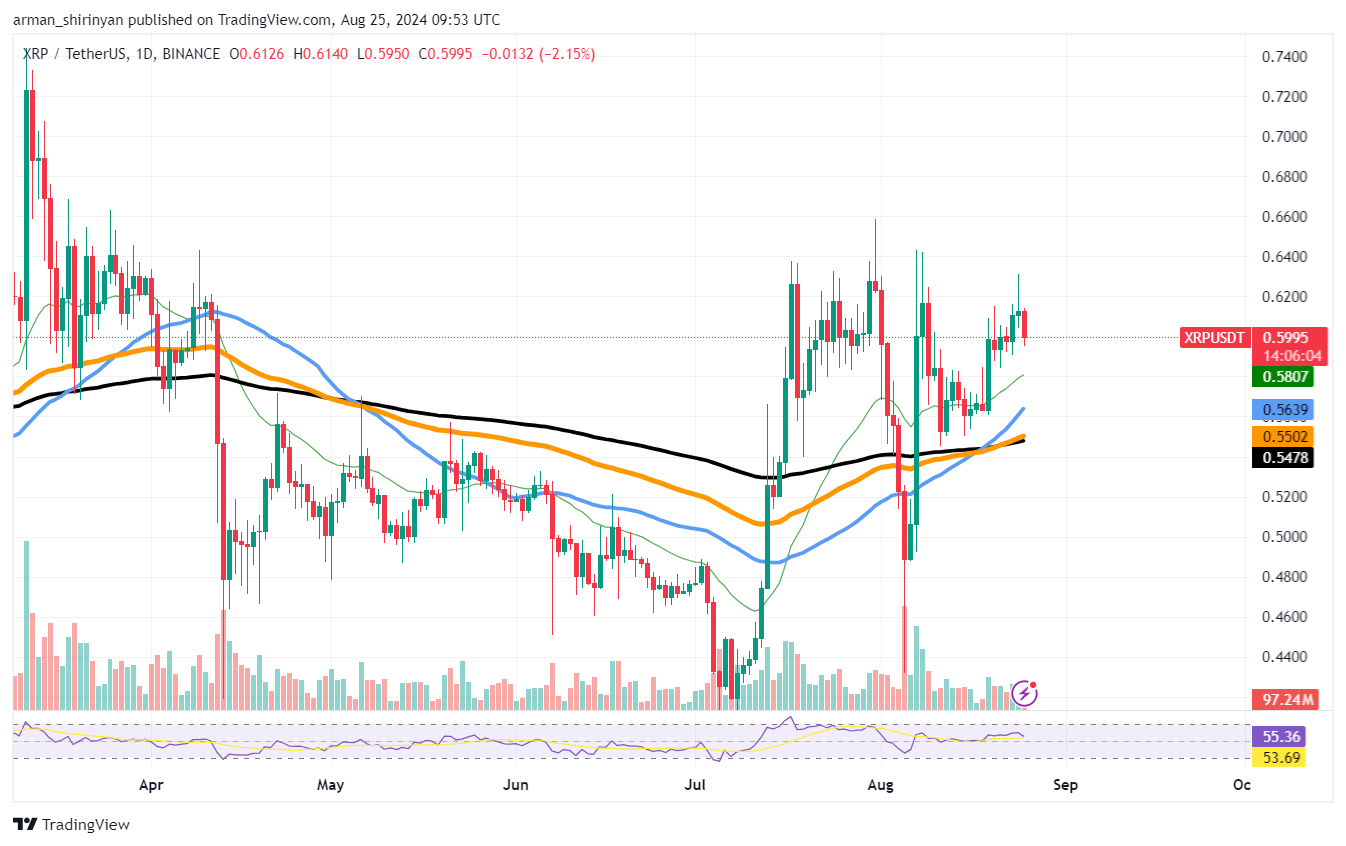Wed, 7/02/2024 – 13:51
Disclaimer: The opinions expressed by our writers are their own and do not represent the views of U.Today. The financial and market information provided on U.Today is intended for informational purposes only. U.Today is not liable for any financial losses incurred while trading cryptocurrencies. Conduct your own research by contacting financial experts before making any investment decisions. We believe that all content is accurate as of the date of publication, but certain offers mentioned may no longer be available.
The cryptocurrency landscape has been actively celebrating the approval of the first Bitcoin ETF on Jan. 10. In its wake, the bid-ask spreads for BTC-USD markets on three major U.S.-available exchanges — Coinbase, Kraken and Bitstamp — have narrowed significantly, indicating a market effect catalyzed by the long-awaited approval.
Advertisement
The bid-ask spread is the difference between the highest price a buyer is willing to pay (bid) and the lowest price a seller is willing to accept (ask). A narrower spread typically signifies a more liquid market with a higher volume of trading and reduced transaction costs, which benefits users by providing more efficient pricing and the ability to execute larger trades without as much market impact.
For Bitcoin, the implications of narrowed spreads are diverse. Improved liquidity suggests increased market participation, potentially attracting more institutional and retail investors. This is particularly relevant as the approval of a Bitcoin ETF offers a regulated, accessible avenue for exposure to Bitcoin without the complexities of direct cryptocurrency ownership.
Since the ETF’s approval, Bitcoin’s price movement has demonstrated increased volatility, a common occurrence as markets adjust to new liquidity and investor interest. Analyzing the Bitcoin price chart, local support levels seem to solidify around the $40,000 mark, a psychological threshold for the asset. Resistance, on the other hand, hovers near the $43,000 to $45,000 range, where Bitcoin has encountered selling pressure.
For users, the ETF’s introduction likely translates to more stabilized trading conditions and the potential for broader acceptance of Bitcoin as a mainstream investment. Reviewing Bitcoin’s performance since Jan. 10, we have seen a test of resilience at support levels fueled by the active BTC selling coming from Grayscale.







